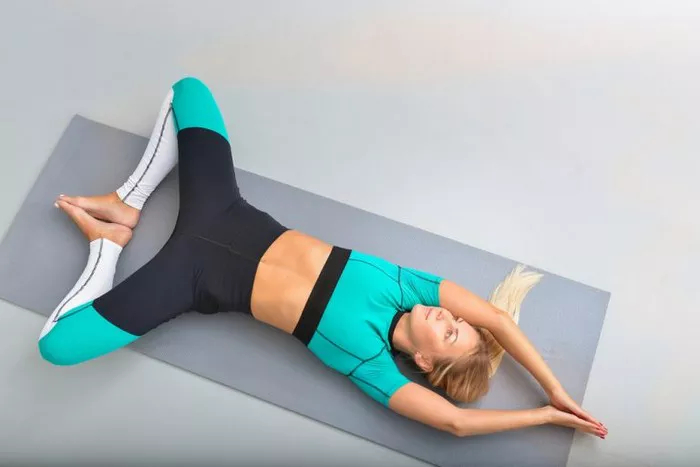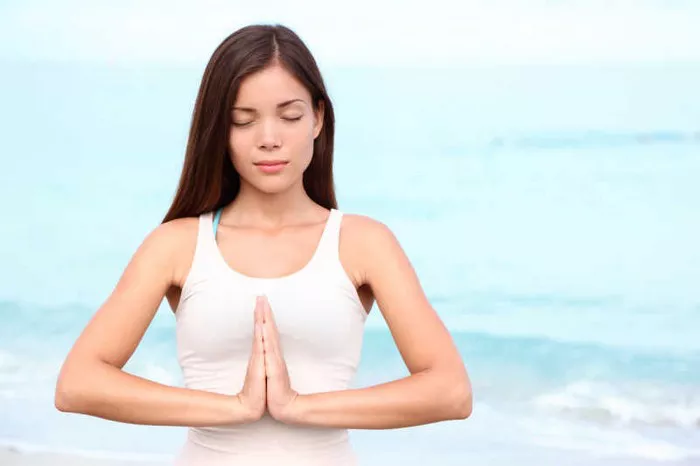In the realm of holistic wellness practices, yoga mudras stand out as powerful tools for achieving physical, mental, and spiritual balance. Originating from ancient Indian traditions, these hand gestures and positions have been passed down through generations, carrying with them a wealth of benefits for practitioners. From enhancing concentration to promoting relaxation, yoga mudras offer a versatile array of techniques that can be easily incorporated into daily routines. In this comprehensive guide, we delve into everything you need to know about yoga mudras, exploring their history, significance, and the diverse range of mudras available to explore.
Understanding the Origins and Significance
The term “mudra” originates from Sanskrit, meaning “seal” or “gesture.” In the context of yoga, mudras are symbolic gestures often used in conjunction with breathing exercises, meditation, and asanas (physical postures). These gestures are believed to facilitate the flow of energy within the body, connecting different energy pathways known as nadis, and promoting overall well-being.
Yoga mudras trace their roots back to ancient texts such as the Hatha Yoga Pradipika and the Gheranda Samhita, where they are described as integral components of a holistic yoga practice. Historically, mudras were practiced by sages and yogis as a means of deepening their meditation and unlocking higher states of consciousness.
The Science Behind Yoga Mudras
While the practice of yoga mudras is deeply rooted in spiritual and philosophical traditions, modern science has begun to explore their physiological effects. Research suggests that performing specific hand gestures can stimulate different areas of the brain and influence various bodily functions.
For example, the Gyan Mudra, a commonly practiced mudra that involves touching the tip of the index finger to the tip of the thumb while extending the other fingers, is believed to enhance concentration and sharpen the mind. Studies have shown that this mudra can activate brain regions associated with cognitive function and memory.
Similarly, the Prana Mudra, which involves touching the tips of the ring finger and little finger to the tip of the thumb while keeping the other fingers extended, is thought to increase vitality and promote the flow of energy throughout the body. Research indicates that practicing this mudra may have a calming effect on the nervous system, reducing stress and anxiety.
Exploring the Diversity of Yoga Mudras
One of the remarkable aspects of yoga mudras is their diversity. There are numerous mudras, each with its own unique benefits and purposes. Some mudras are simple and can be performed easily by beginners, while others require more advanced techniques and may be best suited for experienced practitioners.
Anjali Mudra (Prayer Gesture): This mudra involves pressing the palms together in front of the heart center, with fingers pointing upward. Anjali mudra is often used as a gesture of reverence and gratitude, and it can help center the mind and cultivate a sense of inner peace.
Shuni Mudra (Gesture of Patience): In Shuni mudra, the tip of the middle finger touches the tip of the thumb, while the other fingers remain extended. This mudra is believed to enhance intuition and promote patience and discipline.
Apana Mudra (Gesture of Digestion): Apana mudra is formed by joining the tips of the thumb, middle finger, and ring finger, while the other fingers remain extended. This mudra is thought to support digestion, eliminate toxins from the body, and promote a sense of grounding.
Vayu Mudra (Gesture of Air): Vayu mudra is performed by placing the index finger at the base of the thumb and applying gentle pressure, while keeping the other fingers extended. This mudra is said to alleviate bloating, gas, and other digestive discomforts by balancing the air element in the body.
Varun Mudra (Gesture of Water): Varun mudra involves touching the tip of the little finger to the tip of the thumb, while keeping the other fingers extended. This mudra is believed to regulate the water element in the body, hydrating the skin, and promoting a sense of fluidity and adaptability.
These are just a few examples of the many yoga mudras available for practitioners to explore. Each mudra offers its own unique benefits, and experimenting with different gestures can help individuals discover which ones resonate most with their needs and intentions.
See Also: Top 10 Yoga Inversion Poses
Incorporating Yoga Mudras Into Your Practice
Integrating yoga mudras into your daily routine is simple and accessible, requiring nothing more than your hands and a quiet space for practice. Whether you’re looking to enhance your meditation, alleviate stress, or cultivate specific qualities such as patience or focus, there’s a mudra suited to your goals.
To begin incorporating yoga mudras into your practice, follow these steps:
Set Your Intention: Before practicing a mudra, take a moment to clarify your intention. Whether it’s relaxation, concentration, or something else entirely, having a clear intention will guide your practice and deepen its impact.
Find a Comfortable Position: Sit comfortably in a quiet space, ensuring that your spine is erect and your body is relaxed. You can practice mudras while seated on the floor or in a chair, whichever is most comfortable for you.
Perform the Mudra: Gently bring your hands into the desired mudra, ensuring that your fingers are relaxed and your breath is steady. Hold the mudra for several breaths or for as long as feels comfortable, allowing yourself to fully embody its qualities.
Focus on Your Breath: As you hold the mudra, bring your awareness to your breath. Notice the sensation of each inhale and exhale, allowing your breath to deepen and anchor you in the present moment.
Release and Reflect: When you’re ready to conclude your practice, release the mudra and take a moment to reflect on your experience. Notice any shifts in your thoughts, emotions, or physical sensations, and acknowledge the benefits of your practice.
By incorporating yoga mudras into your daily routine, you can tap into their transformative potential and cultivate greater balance, harmony, and well-being in your life.
Conclusion
Yoga mudras offer a powerful means of connecting with the body, mind, and spirit, fostering a deeper sense of self-awareness and inner peace. Whether you’re seeking to enhance your meditation practice, alleviate stress, or cultivate specific qualities such as patience or focus, yoga mudras provide a versatile and accessible tool for achieving your goals.
As you explore the diverse range of mudras available, remember to approach your practice with an open mind and a spirit of curiosity. Allow yourself to fully embody the qualities of each mudra and trust in the transformative potential of these ancient gestures.
By incorporating yoga mudras into your daily routine, you can unlock new levels of vitality, clarity, and well-being, enriching your journey toward health and wholeness.




















